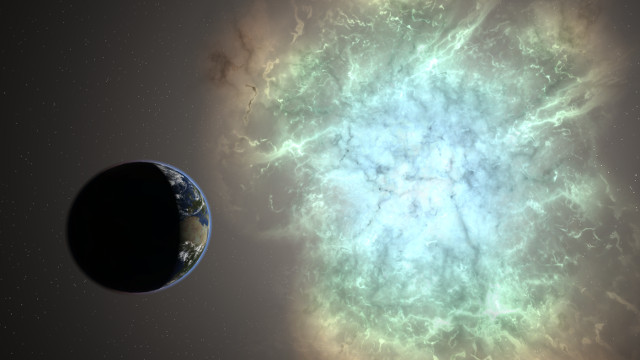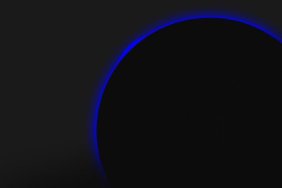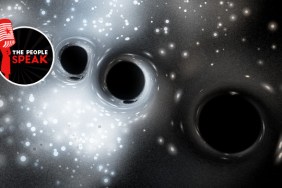Ever since I was a kid I’ve been fascinated by outer space. Its vastness and beauty led me to gaze at countless photos taken by the legendary Hubble Space Telescope with awe, and decorate my walls with the sight of planets and stars.
As I’ve grown older I’ve learned to extend my hobbyism beyond simply admiring photos, instead educating myself on physics and astronomy. In nearly all cases I’ve employed a hands-off approach, reading books and watching documentaries to grow my understanding of the world around me. However, this last weekend I engaged in the process of experimentation using Universe Sandbox 2.
Although technically qualifying as a video game, Universe Sandbox 2 is much more of a physics simulator, going beyond what games like Kerbal Space Program offer to allow users to engage in astronomical experiments. It’s one of a kind, resulting in widespread admiration among astronomy enthusiasts. Although it’s currently in Early Access, it’s commonly featured in YouTube videos to help visualize complex topics.
The Birth Of A Cataclysm
With open, seemingly infinite space before me, the first thing I thought of was sending a black hole through the Solar System. And not just any ordinary black hole, but one with incredible mass: 100 solar masses (1 solar mass = mass of the Sun) to be exact. For the mathematically inclined, that’s 100(1.989 × 10^30) kilograms. For those who like long numbers, that’s 100(1,989,100,000,000,000,000,000) kilograms. Most calculators can’t even comprehend that figure.
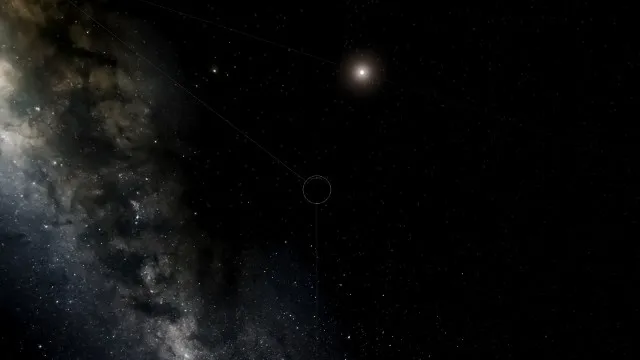
Despite its enormous mass, this black hole had a radius of 295 kilometers. In other words, you could fit nearly 22 of them inside Earth. This profoundly small size is the norm when it comes to black holes, as astronomers have learned during recent years. Birthed only by the violent death of stars much more massive than our sun, the science behind their inner workings has puzzled the brightest minds of humanity during the past half millenium.
The black hole began its journey 90 AU from the Sun, which is equal to 13,463,808,363 kilometers, or nearly three times the separation of Pluto’s average distance from the Sun. Its size was so small in comparison to other celestial bodies that my only hope of tracking its movement was to enable trails, which introduced unrealistic visual variables to my simulation. Without trails, or selecting the black hole directly, I would have no chance of finding it within the far-reaching darkness of space.
Also Read: My Unforgettable And Treacherous Journey Deep Into The Milky Way In Elite: Dangerous
As the black hole began its transit toward the Solar System, its disturbance of nature could be seen as stars in the far distance behind it warped into a blur. Called gravitational lensing, this bending of light was first theorized by Albert Einstein’s general theory of relativity in 1915. The visible area of influence signifies the black hole’s event horizon, a boundary by which no object can escape, not even a photon, the fastest moving particle in the known universe.

As I was busy positioning my camera to get a better look at the black hole, I witnessed its destruction of a large number of objects. At first I wondered what these objects were, before realizing that it was traveling through the Kuiper Belt, a massive ring of asteroids at the far reaches of the Solar System that was only discovered by mankind a couple decades ago. The black hole wasn’t wasting any time with consuming additional mass.
Celestial Influence
Before it ever came close to contact with another celestial body, the black hole’s distortion of spacetime could be witnessed. The orbits of outer planets were the first to be disturbed, as Uranus, Neptune, and Saturn swang into elliptical orbits stretched toward the black hole. These gas giants stood no chance against the influence of the black hole.
Traveling at over 32,000 kilometers per second, the black hole didn’t require much time to push a once stable system into complete disorder.
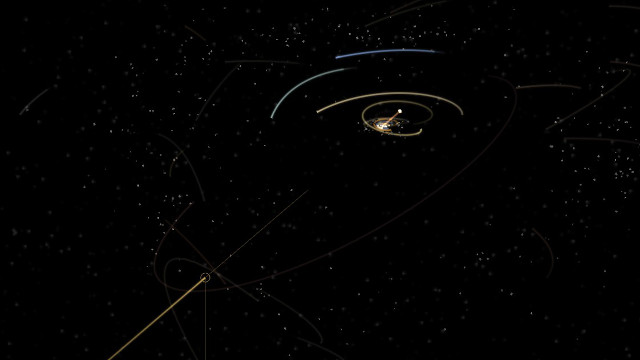
As the black hole continued its approach, the inner planets within the Solar System succumbed; Mars, Earth, and even the Sun were pulled toward it. Due to velocity and secondary gravitational forces, this resulted in corkscrew-like trajectories for the inner planets. The circular orbits that once provided stability were nowhere to be seen.
It was at this point that all hope of escaping the wrath of the black hole was lost.
Also Read: A Guide To The 4 Star Classes In No Man’s Sky
As impending doom grew closer, being swallowed into the singularity of the black hole wasn’t the only thing to worry about. Temperatures of each planet began to rise by thousands of degrees celsius as they were drawn well outside the circumstellar habitable zone, forced to adapt to extreme conditions where celestial bodies were too close for comfort.
On Earth, this meant the shattering of the ozone layer, and vaporization of the oceans that once housed millions of lifeforms. For Jupiter, this meant the expulsion of gases. The composition of every planet, no matter its configuration, was impacted in an irreversible manner.
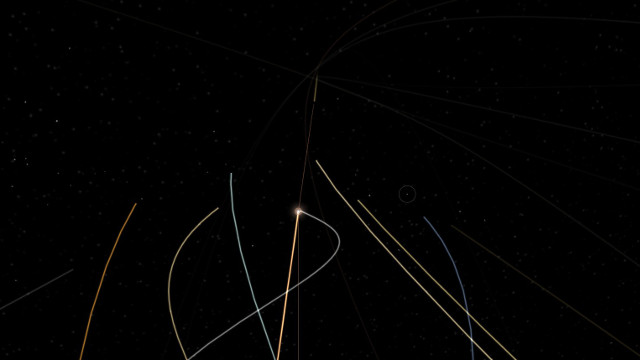
Soon, the planets were torn asunder as they came too close to the black hole and molecules could no longer resist its spacetime distortion. The first to die was the Sun, which fell into the black hole with no resistance. Its energy that once gave life disappeared in the blink of an eye. Though it was fed the largest object in the Solar System, the black hole was still not satiated.
The few planets that managed to temporarily avoid direct impact with the black hole would soon meet their shared fate as they would become one with the black hole after only a few orbits.
At the end of it all, all that was left was the black hole.
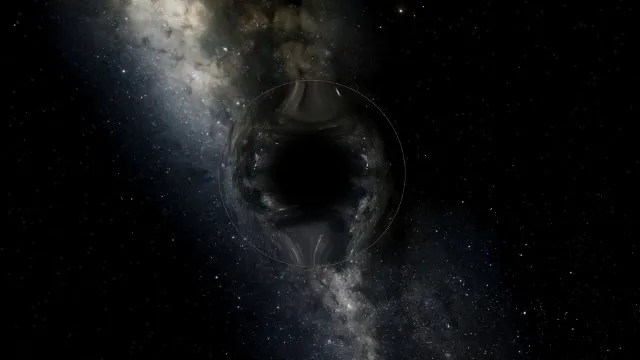
What’s most frightening about this simulation is how undetectable the black hole was. No matter the circumstance or how violent its interactions with the visible universe were, it was seemingly quiet and unsuspecting. In-fact, outside of its gravitational lensing and event horizon, the black hole was virtually invisible.
And just like that, a star system that survived billions of years of evolution and gave birth to humanity disappeared into the void.
Other Experiments
I performed a few other astronomical experiments during my time in Universe Sandbox 2. One of the first I performed was a simulation of the inevitable collision between our Milky Way galaxy and that of Andromeda, our closest neighbor. Estimated to arrive in four billion years, this convergence of over one trillion stars is quite a sight to behold.
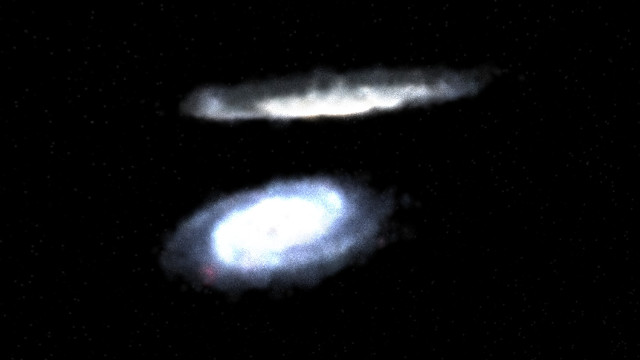
However, my favorite of the bunch was witnessing a simulated supernova. Forget what you remember of Sephiroth’s special ability in Final Fantasy VII, these astronomical events are some of the most powerful in the known universe, occurring at the death of stars with incredible mass well beyond that of our Sun.
Watching a massive star’s core collapse and lose stability was remarkable as colors across the full spectrum of visible light be seen ejected into space at every angle. All the matter that once formed this powerful star was freed from its densely fused environment, allowed to explore new territory.
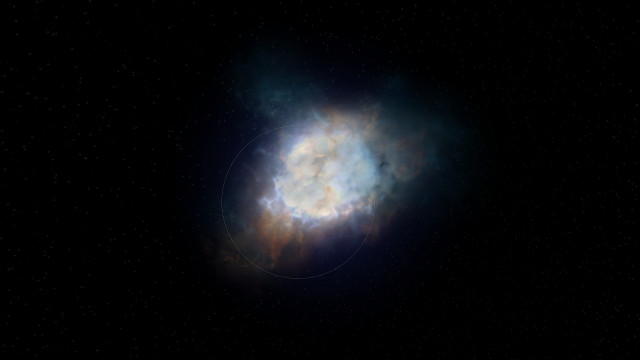
As fun as the experiments were, what was most profound is how they introduced new questions to my consciousness. Could a black hole ever realistically enter the solar system? What will actually happen when the Milky Way crosses paths with Andromeda?
In regards to the latter, I learned that the chance of stars crashing into one another during the collision of two galaxies is extremely rare, to a point where experts say there’s a less than 1% chance that the Sun will impact another celestial body during this galaxy redefining event. Not that it matters much since the Sun only has roughly 5 billion years left worth of fusion, and latest simulations indicate that it will be ejected from the galaxy during the collision. But it’s nice to know, nonetheless.
You could say I learned a thing or two about how fragile, and often violent, the universe is thanks to Universe Sandbox 2. I plan to explore more ideas, but for now excuse me while I appreciate that the real Solar System is still alive and well.
